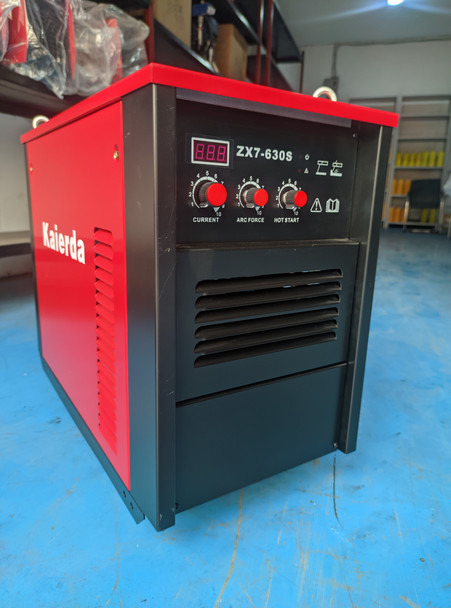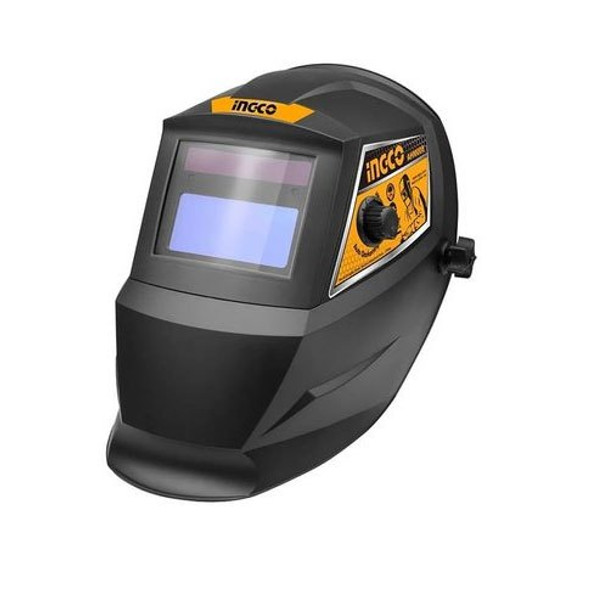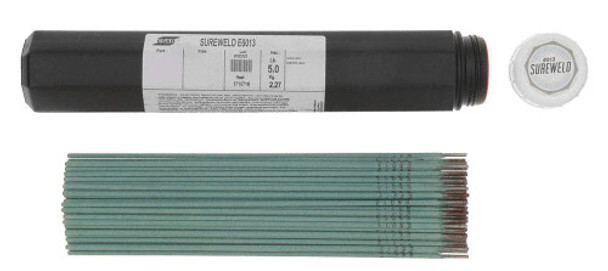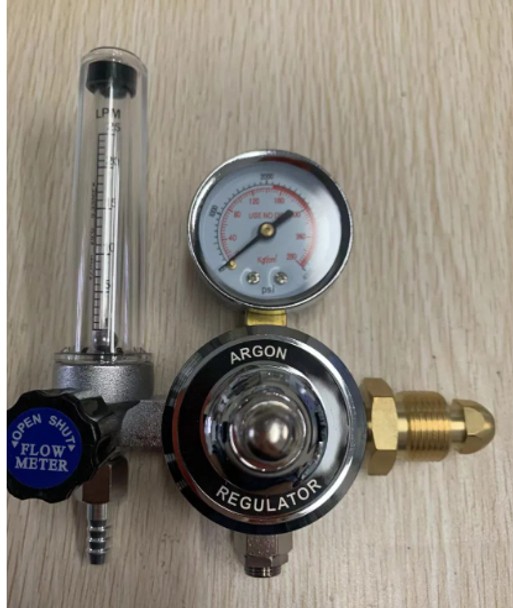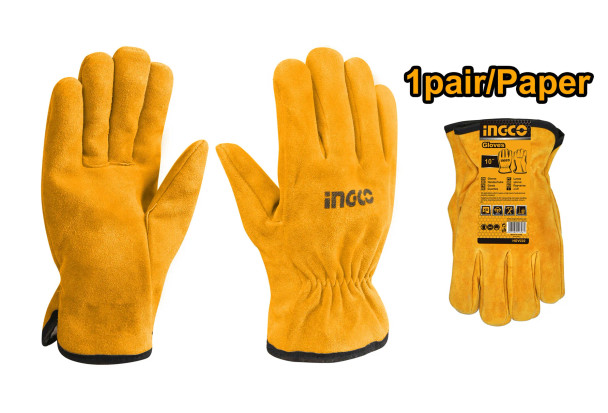Essential Welding Apparatus for Professionals and DIY Enthusiasts
Key Takeaway
- Welding helmets with auto-darkening features protect the welder's eyes from harmful rays and sparks.
- Welding gloves are essential for heat resistance and protection; thicker gloves are ideal for MIG welding, while thinner ones suit TIG welding.
- Welding machines (MIG, TIG, Stick) should be chosen based on the material and type of welding being performed.
- Safety gear like flame-resistant clothing and boots are crucial to prevent burns and injuries.
Introduction
Welding is a vital process used in construction, manufacturing, and even DIY projects, making it an essential skill for professionals and hobbyists alike. Whether you're working on automotive repairs, metal fabrication, or industrial installations, the right welding tools can make the difference between success and failure.
When it comes to welding, having the right apparatus is essential for both professionals and DIY enthusiasts. Key tools include welding machines such as MIG, TIG, and Stick welders, each suited for different materials and welding tasks. For instance, the Maxmech TIG 200 Inverter Welder is a versatile option for clean, precise work on thin metals, while a Kaierda MIG-350 Welder is ideal for heavy-duty jobs.
Essential protective gear includes welding helmets with auto-darkening features, like the INGCO Auto Darkening Welding Helmet, which shields the welder's eyes from harmful UV rays. Additionally, welding gloves, like the Sureweld Leather Gloves, protect against heat and spatter. For added safety, flame-resistant clothing and welding tables offer support and stability, ensuring a secure and efficient welding environment.
This guide will walk you through essential welding equipment and help you select the right tools for your specific welding needs.
Kaierda inverter manual arc welding machine ZX7-630S
Basic Welding Apparatus
1. Welding Machine
The welding machine is the heart of any welding setup. Different types of welding machines cater to various applications, with the four most common being:
Stick Welders (SMAW): Ideal for outdoor work, suitable for rusty or painted surfaces.
MIG Welders (GMAW): Best for beginners, known for its ease of use and continuous wire feed for faster welding.
TIG Welders (GTAW): Precision welding for thin metals and high-quality finishes, commonly used for aluminum and stainless steel.
Flux-Cored Welders: Useful for outdoor projects and heavier materials as it doesn't require shielding gas.
Selection Tips: When choosing a welding machine, consider the material you're welding, the thickness of the metal, and the project environment (indoor or outdoor).
2. Welding Electrodes/Filler Metals
Electrodes and filler metals are essential for completing a weld. The type of electrode or filler rod you use depends on the welding method:
Stick Welding Electrodes: Available in various sizes and coatings to suit different metals and conditions.
MIG Wire: A consumable wire electrode continuously fed through the welding machine.
TIG Filler Rods: Non-consumable electrodes for precise welds.
Selection Tips: Match your electrode or filler rod to the metal you’re welding (steel, aluminum, or stainless steel) and the welding environment (indoors, outdoors, clean, or dirty metals).
3. Welding Torch/Handle
The welding torch or handle delivers the welding arc and filler material to the workpiece. For TIG welding, torches are either air-cooled or water-cooled depending on heat levels and project duration.
Selection Tips: Air-cooled torches are typically lighter and suitable for smaller, less intense projects. Water-cooled torches are more robust and ideal for continuous use in industrial settings.
Auto Darkening Welding Helmet AHM008 INGCO
Safety Equipment
1. Welding Helmet
Welding helmets are critical for protecting your face and eyes from harmful UV rays, sparks, and heat during the welding process.
Auto-Darkening Helmets: Automatically adjust to the brightness of the arc, offering seamless protection without having to flip the helmet up and down.
Standard Helmets: Fixed shade lenses requiring manual adjustments.
Selection Tips: For ease of use and continuous projects, auto-darkening helmets offer the most convenience, especially for beginners. Ensure your helmet provides enough protection based on the type of welding and material you are working with.
2. Welding Gloves
Your hands are closest to the welding action, making gloves essential for preventing burns and electrical shocks. There are different gloves for different welding processes:
Heavy-Duty Leather Gloves: Ideal for stick and MIG welding, where more heat is involved.
Flexible Gloves: Lighter gloves used for TIG welding, where dexterity is essential.
Selection Tips: The thicker the material being welded, the more heat resistance your gloves need. Balance protection with flexibility depending on your welding style.
3. Protective Clothing
Flame-resistant clothing is a must for welding safety. Options include jackets, aprons, and full-body suits depending on the intensity and duration of your work.
Selection Tips: Always opt for flame-resistant, non-synthetic materials. Heavier materials are recommended for high-heat applications, while lighter protective gear can suffice for lower temperatures.
Esab Stick Welding Electrode E6013 Sureweld series
Specialized Welding Apparatus
1. Welding Clamps
Welding clamps are crucial for holding pieces of metal in place while welding. They ensure stability and proper alignment, which is essential for accurate and secure welds. There are various types of welding clamps available, including:
C-Clamps: Offer a strong grip and are widely used for general-purpose welding tasks.
Magnetic Welding Clamps: Provide an extra hand when working with metal parts, ensuring a steady hold.
Locking Pliers: Versatile for gripping and holding metal pieces tightly together.
Selection Tips: The size and strength of the clamp should correspond to the thickness of the materials you're working with. For large-scale or heavy-duty projects, opt for stronger and larger clamps.
2. Welding Tables and Workstations
Welding tables provide a stable surface to work on, allowing you to secure your materials for precise and consistent welds. Some features include:
Adjustable Heights: To accommodate different welding positions.
Clamping Options: Built-in holes and slots for securing clamps, making the work surface more versatile.
Selection Tips: Consider tables that offer adjustable height and allow for quick clamping of parts. Portable welding tables are ideal for DIY projects and small workshops.
3. Gas Cylinders and Regulators
For MIG and TIG welding, shielding gas is necessary to prevent contamination and create a clean weld. Common gases include:
Argon: Ideal for TIG welding, providing a smooth and stable arc.
CO2 or Argon-CO2 Mix: Commonly used for MIG welding on mild steel.
Regulators control the flow of gas from the cylinder to your welding torch.
Selection Tips: Ensure you use the correct gas for the welding method and material you're working on. Invest in high-quality regulators to maintain a steady flow of gas.
4. Welding Rods and Wire Feeders
In MIG and stick welding, the welding rod or wire serves as the filler material. Wire feeders are automatic and feed the welding wire through the machine, making the process more efficient.
Selection Tips: Choose the right welding rod or wire for the material you are welding, such as aluminum, mild steel, or stainless steel.
Argon Gas Regulator With Flowmeter
Maintenance Tools
1. Angle Grinders
Angle grinders are essential for cleaning, cutting, and polishing metal surfaces before and after welding. They help remove rust, paint, and other contaminants that can weaken welds.
Selection Tips: Choose an angle grinder with variable speed settings for more control over different metal types.
2. Chipping Hammers and Brushes
After welding, a chipping hammer is used to remove slag from stick welds, while wire brushes are used for cleaning metal surfaces to prepare them for further welding or finishing.
Selection Tips: A chipping hammer with a coil spring handle reduces vibration and ensures comfortable, prolonged use. Wire brushes should be compatible with your grinder or used manually for detailed cleaning.
Welding Leather gloves - INGCO HGVW02
Frequently Asked Questions
1. What is the best welding helmet for beginners?
Auto-darkening helmets with adjustable shade options are ideal for beginners. They offer protection from harmful UV rays and allow for better control of different welding processes.
2. What type of gloves should I use for TIG welding?
For TIG welding, thinner, flexible gloves made from goatskin or deerskin are recommended. They provide greater dexterity while still offering protection from heat.
3. Why is a welding table necessary?
A welding table provides a stable and secure surface, allowing you to clamp down materials and work on them safely. Adjustable heights and built-in clamping options are great features for various welding tasks.
4. How do I choose the right gas for MIG welding?
CO2 or an Argon-CO2 mix is commonly used for MIG welding. Pure Argon is better suited for non-ferrous metals, such as aluminum.
5. How do I maintain my welding equipment?
Regularly clean your welding equipment, especially nozzles, tips, and wires. Store gas cylinders in an upright position and check your regulator for leaks or wear regularly.
Related Articles
Essential Welding Tools and Equipment for Every Workshop
The Benefits of Professional Welding Services
Readers Also Watched...
Conclusion
Having the right welding apparatus is crucial for achieving high-quality welds, whether you're a professional welder or a DIY enthusiast. From welding helmets and safety gear to specialized tools like clamps, grinders, and gas cylinders, each piece of equipment serves an important role. When selecting the apparatus, always consider the type of welding you plan to perform, the materials you'll be working with, and the level of precision and safety required.
Visit Tikweld Welding Supplies today to explore a wide range of welding apparatus for both professionals and DIY enthusiasts. With high-quality products, expert advice, and competitive pricing, you'll find everything you need for your welding projects.


